Optimal Timing for Siding Service
Understanding the optimal timing for siding service can enhance the durability and appearance of siding installations or repairs. The best time to undertake siding work generally depends on weather conditions, temperature, and humidity levels, which influence the quality of installation and materials used.
Spring offers mild temperatures and lower humidity, making it an ideal period for siding projects. Weather conditions are generally stable, reducing delays and ensuring quality workmanship.
Summer can be suitable for siding work, especially in early seasons before extreme heat and humidity set in. Proper planning is essential to avoid working during the hottest parts of the day.
Autumn provides cooler temperatures and less rain, which can be beneficial for siding installation. It also allows for completion before winter weather arrives.
Winter is typically less favorable for siding service due to cold temperatures, snow, and ice. These conditions can hinder proper installation and affect material performance.

Springtime is perfect for siding projects due to moderate weather.
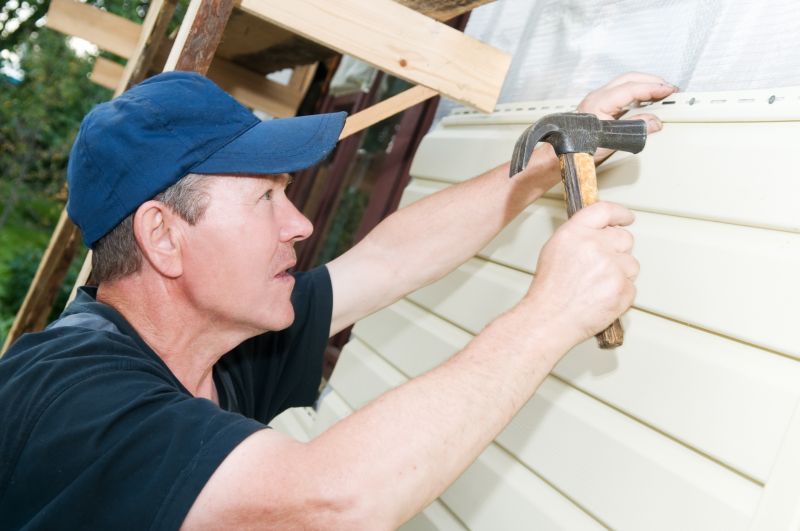
Early summer provides good conditions before heat peaks.
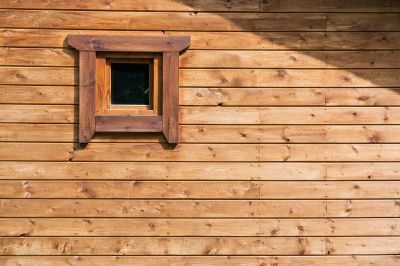
Autumn offers cooler temperatures ideal for siding work.

Winter weather can delay siding projects due to cold and snow.
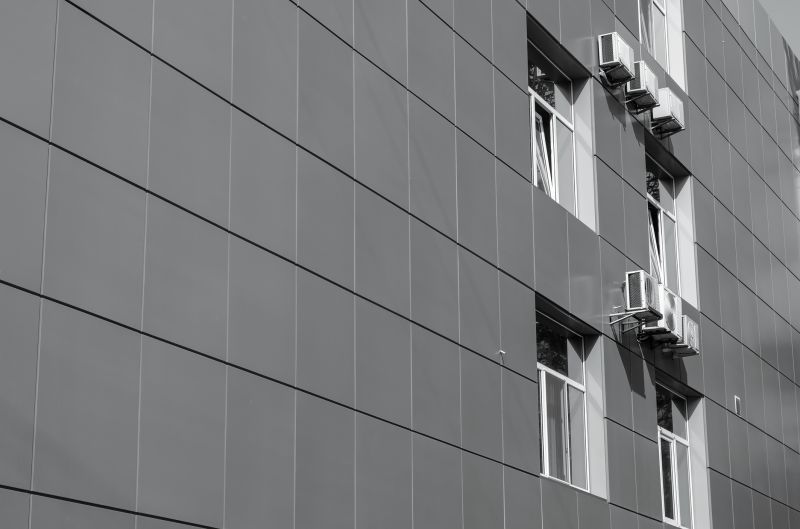
Moderate temperatures and low humidity are best for siding service.

Proper planning ensures siding projects proceed smoothly in suitable weather.
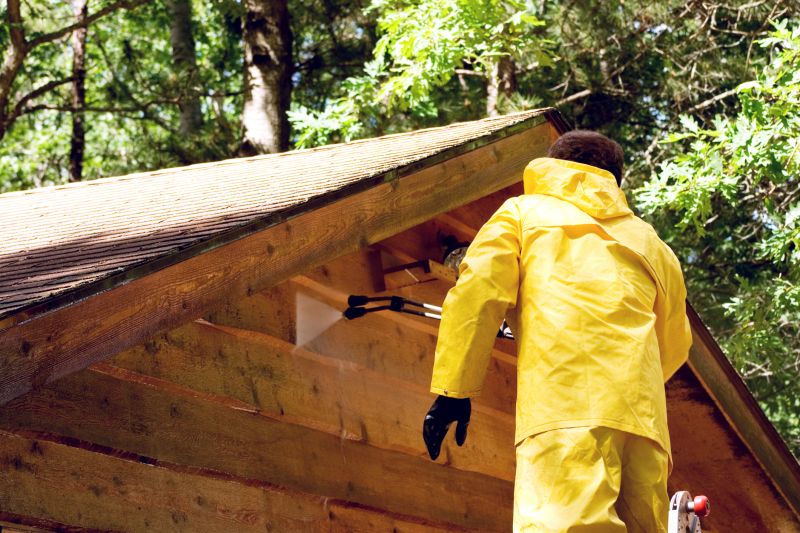
Weather conditions directly influence siding durability and installation quality.
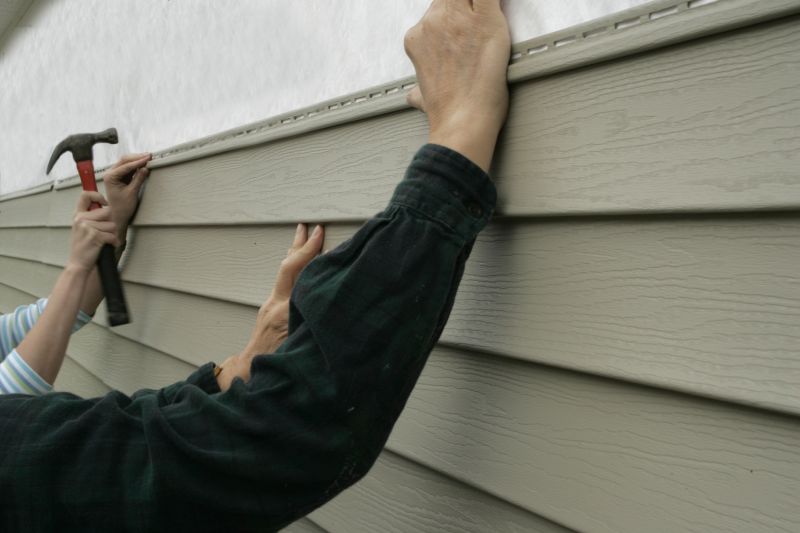
Scheduling siding work during favorable seasons reduces delays.
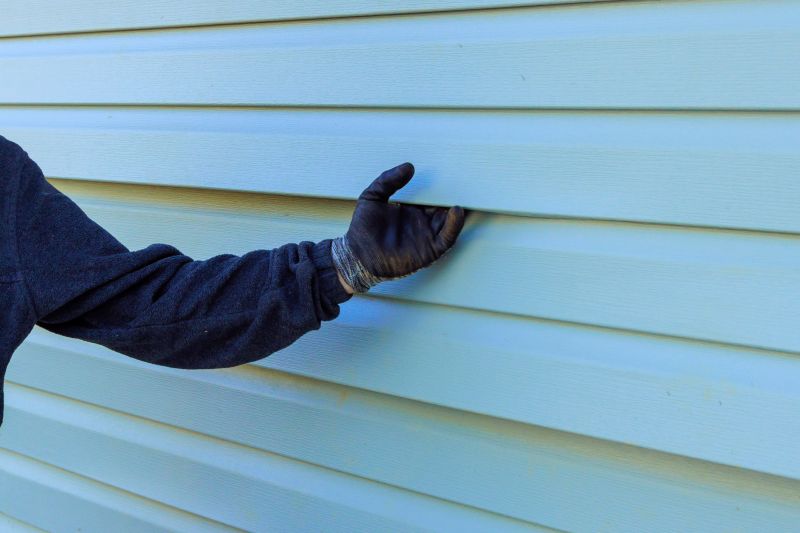
Understanding local climate helps determine the best time for siding service.
| Season | Ideal Conditions |
|---|---|
| Spring | Mild temperatures, low humidity, stable weather |
| Summer | Early season before extreme heat, moderate humidity |
| Autumn | Cooler temperatures, less rain, dry conditions |
| Winter | Cold temperatures, snow, and ice present challenges |
Siding service involves the installation, replacement, or repair of exterior siding materials to protect and enhance the appearance of buildings. Proper timing ensures that the siding is installed under optimal weather conditions, which can prevent issues such as warping, cracking, or improper adhesion. Statistics indicate that siding projects completed during suitable weather conditions tend to last longer and require fewer repairs over time.
In Norcross, Georgia, seasonal weather patterns influence scheduling decisions. Spring and autumn are typically preferred for siding work because of their moderate temperatures and lower humidity levels. Planning siding projects during these times can result in better installation quality and longevity of the siding material.
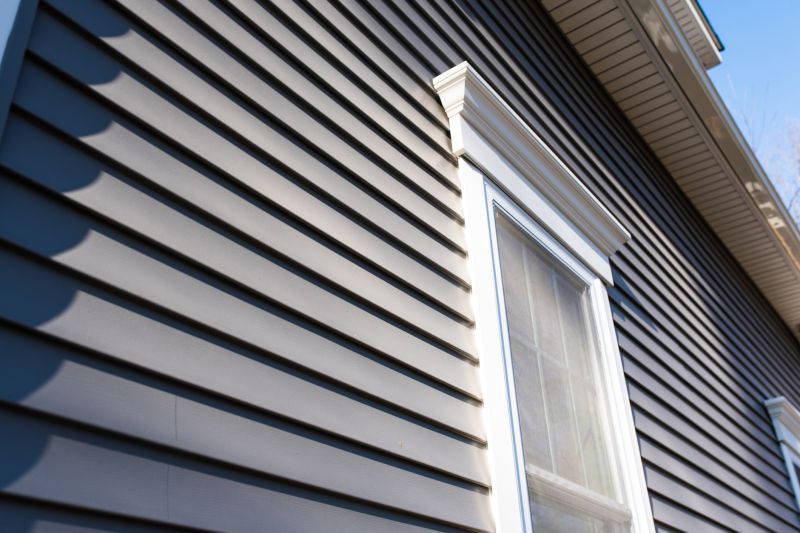
Spring offers ideal conditions for durable siding installation.
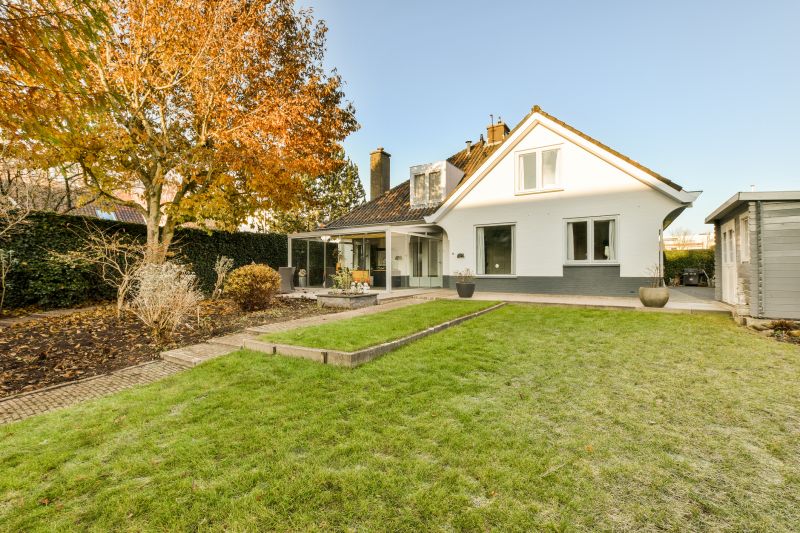
Autumn provides cool weather suitable for siding work.
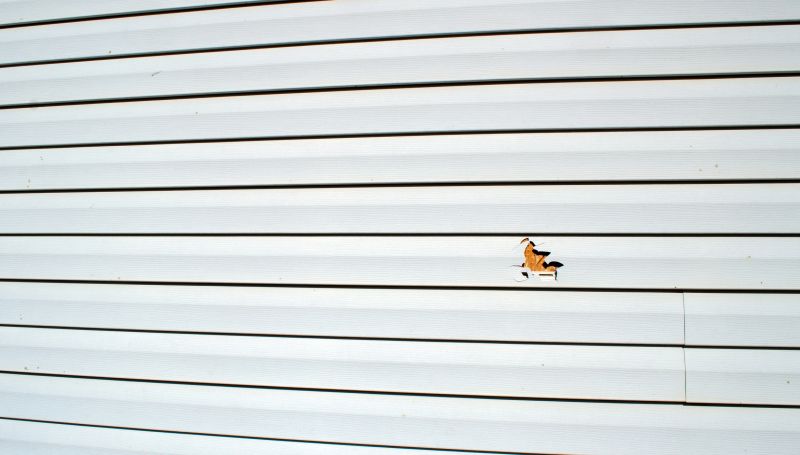
Winter conditions can hinder proper siding installation.
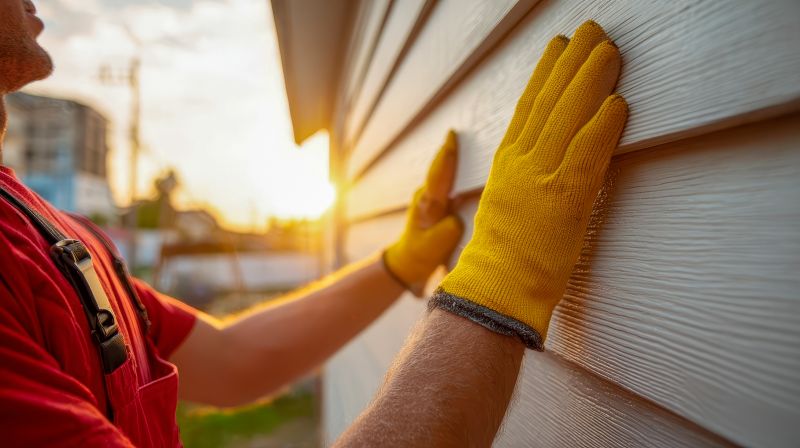
Summer requires careful planning to avoid heat-related issues.
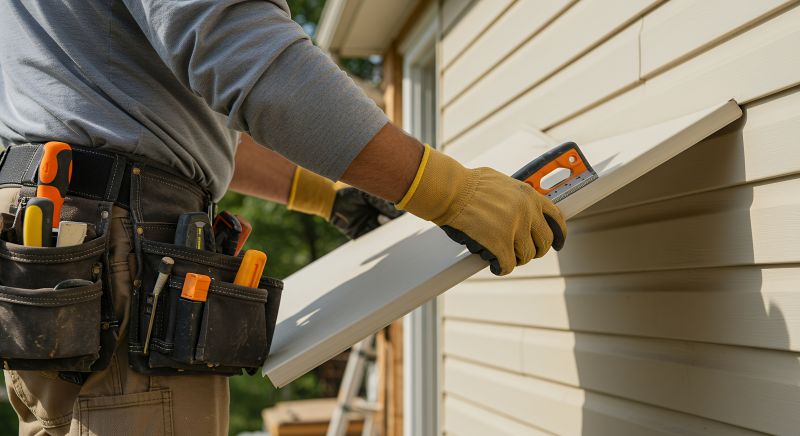
Simple add-ons that improve Siding Service without blowing the budget.
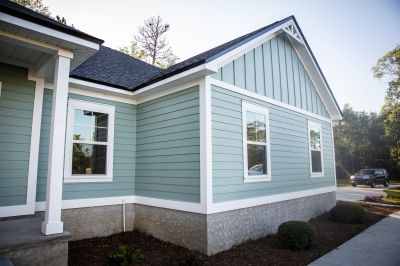
High-end options that actually feel worth it for Siding Service.
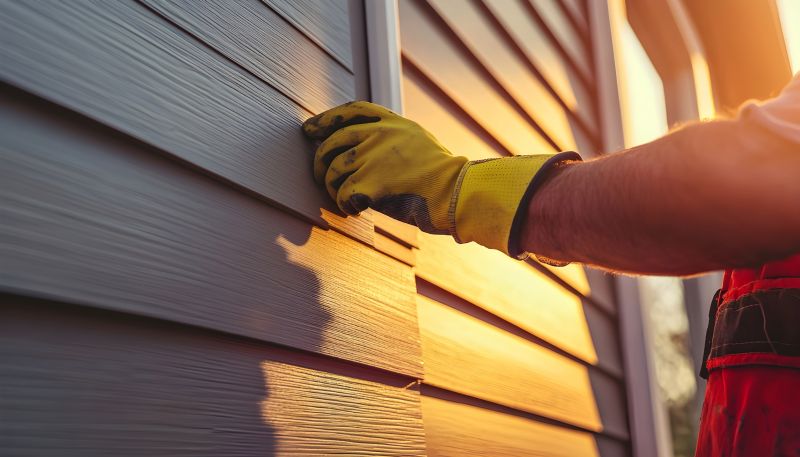
Finishes and colors that play nicely with Siding Service.
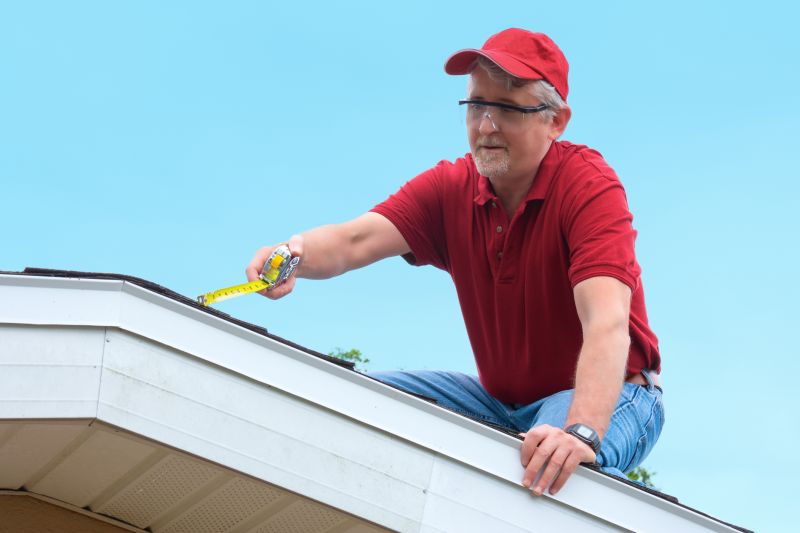
Little measurements that prevent headaches on Siding Service day.
Individuals interested in scheduling siding service are encouraged to contact for planning advice and to determine the most suitable time based on local weather patterns. Proper timing can ensure the longevity and quality of siding installations or repairs.


